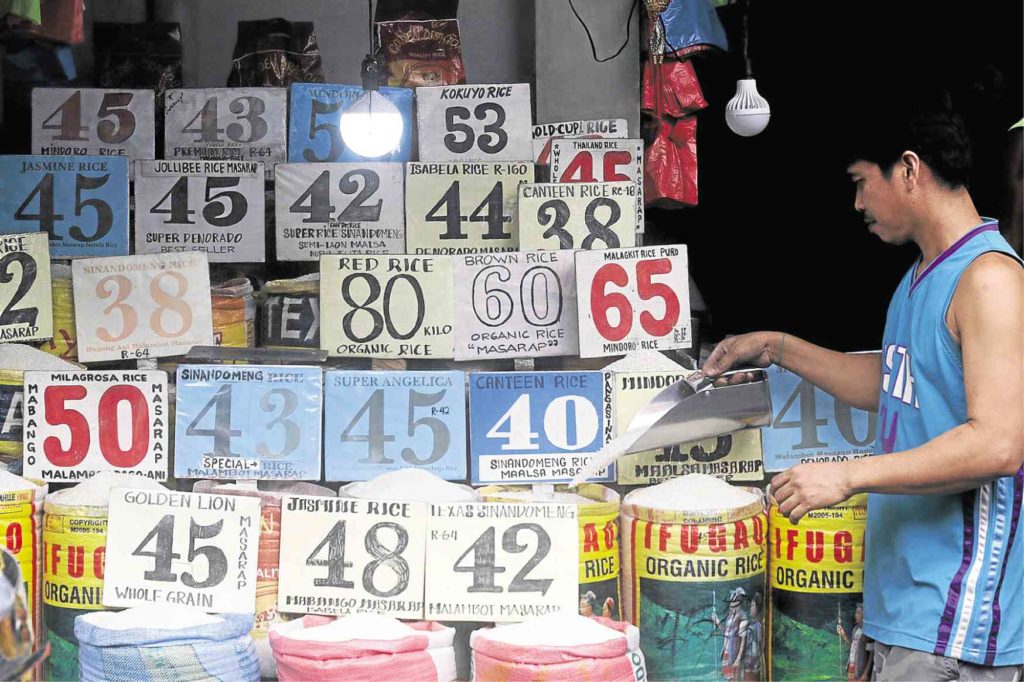PCCI: Higher rice prices add to never-ending plight of local industries
Local industries have yet to recover from the sugar crisis, but now comes another problem that they have to hurdle: the looming increase in rice prices.
According to the Philippine Chamber of Commerce and Industry (PCCI), the projected increase—about 10 percent of the prevailing price—has knock-on effects that would be felt by multiple industries, and in the end, by the ordinary consumer.
“Definitely, this P4 to P5 increase will [translate to an additional cost to these industries]. The effect is going to be like that of the sugar price hike,” PCCI president George Barcelon said.
Federation of Free Farmers national manager Raul Montemayor earlier said the Philippines should brace for the impact of India’s decision to impose a 20-percent export duty on several varieties of rice—a P4 to P5 per kilo increase in local prices. According to various media reports, India would also be banning exports of broken rice, or fragments of rice used in making starch and flour.
Aside from the local food industry, Barcelon said other allied sectors which make use of the grain would bear the brunt of the price hikes.
Article continues after this advertisement“For poultry growers, they cannot go full-term. When they sell it for meat, the size of the animal will be smaller compared to what it was before,” said Barcelon, explaining what would happen if hog and chicken growers decide to cut down on grains to save costs.
Article continues after this advertisementFeed ingredients trader June Sayo, an animal nutritionist who graduated from the University of the Philippines, said the price hikes would cause a “significant increase in production cost.”
“There is feed grade that is rice-based (broken rice), there is also a raw material that is a by-product of rice, which is rice bran,” said Sayo.
At the far-end of the cycle, higher production costs would also mean consumers having to pay more for their food. INQ
